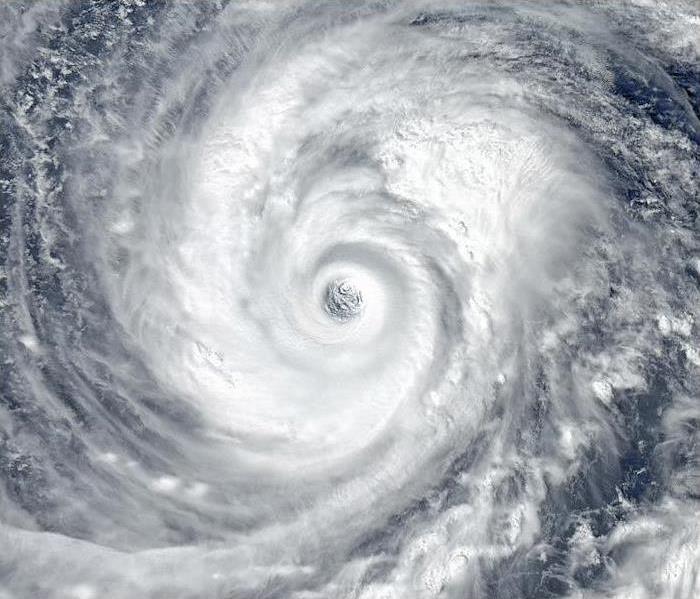How Do Hurricanes Form? | SERVPRO® of The Lower Shore
8/5/2021 (Permalink)
Hurricanes are well-respected as the most potentially dangerous storms we encounter in the United States, and the most violent storms on earth. Regularly causing billions of dollars in damages, hurricanes like 2005’s Katrina and the Great Miami Hurricane of 1926 have wielded the destructive potential to threaten the future of entire major cities.
Here in Maryland we have encountered our share of Atlantic tropical cyclones and hurricanes, having suffered over 130 of them since 1950.
Most of the time, we likely don’t think about the formation of hurricanes—we just get a notification that something has already formed in the Atlantic, and we keep an eye on it to see where it goes and pray it doesn’t make landfall. But the formation of the storm itself is an interesting process, and worth examining.
It gives us insight into the nature of the storms, why they happen where they do and the future potential of rising global ocean temperatures.
Ingredients of a Hurricane
A hurricane needs at least three ingredients operating in harmony (or perhaps you’d call it dissonance?) to originate:
- A tropical disturbance. This is an official term, not a general one, for an accumulation of loosely-packed rain clouds that cause thunderstorms for a sustained period of at least 24 hours.
- Ocean conditions. Ocean depths of at least 150 feet and temperatures of slightly over 80 degrees make for the right setting for storm formation as ocean waters evaporate.
- A little wind. Calm winds, not extreme winds, are necessary to get these major storms started.
Formation of a Hurricane
The warm, moist air caused by the conditions listed above becomes the fuel that energizes and feeds a hurricane. It rises up and away from the surface, causing a kind of vacuum of low pressure (think of it as having less air) just above the surface.
High pressure air then sweeps in to try to fill this void, but the warm conditions just cause it to rise, too, and the cycle begins. The rising warm air cools in higher atmosphere, causing water particles to condense and form clouds. This pattern continues and grows in strength as long as the warm air and moisture are there to feed it.
The rest is just categorization. The storms grow from a tropical disturbance all the way up to Category 5 hurricanes depending on the abundance of atmospheric conditions.
Storms begin to dissipate when they reach land or areas of cooler water, but as we’ve seen, this doesn’t stop them from dumping massive amounts of rain and flood waters into the area.
When water of any kind causes damage to your home or business, we’re here to help. Click or call your local SERVPRO today to learn how we can assist in water damage recovery.




 24/7 Emergency Service
24/7 Emergency Service